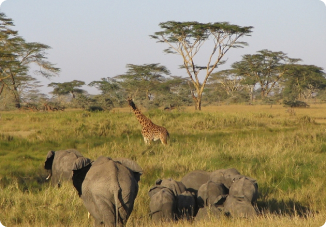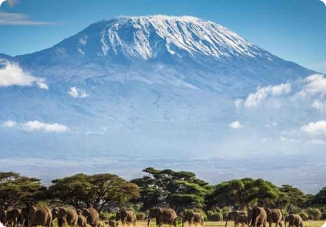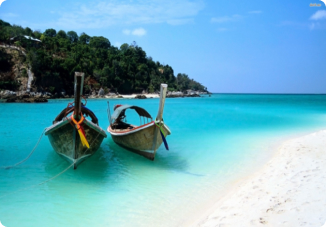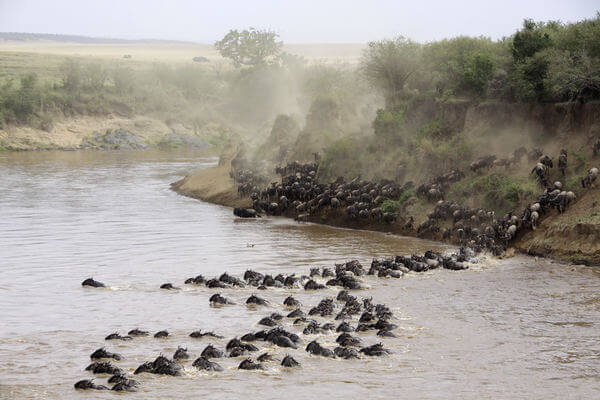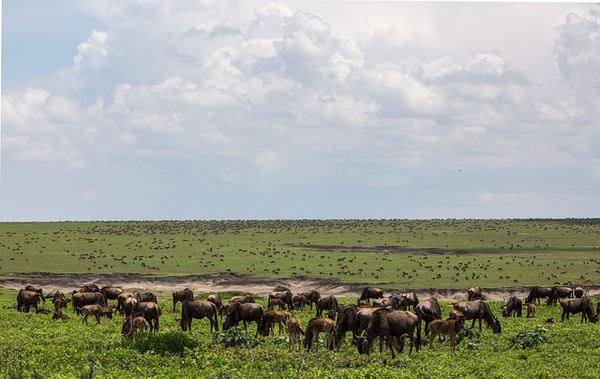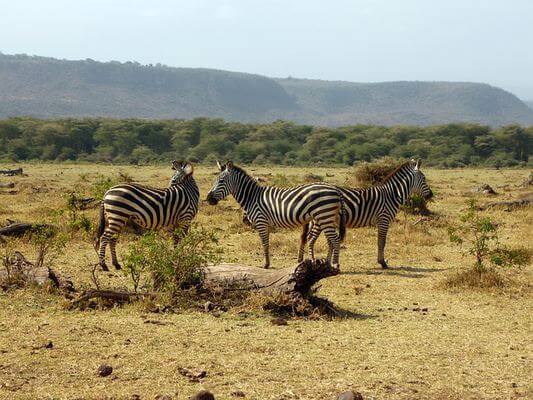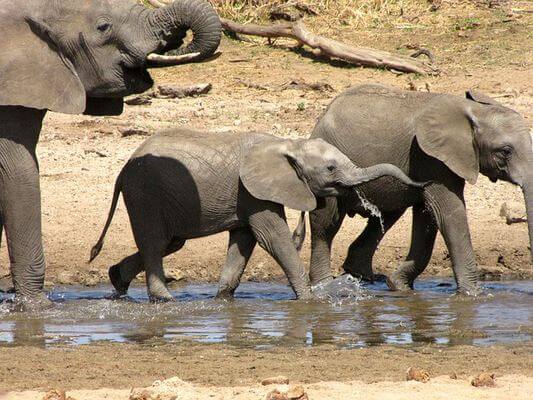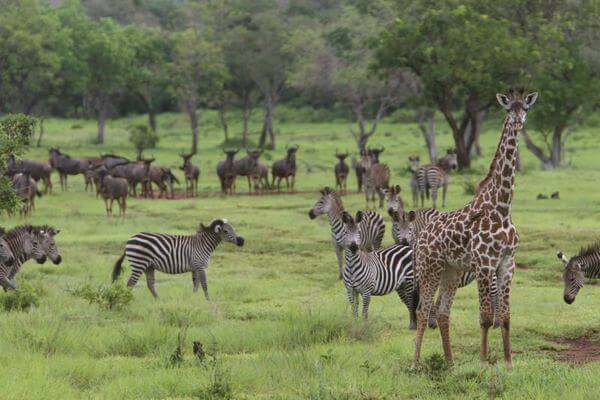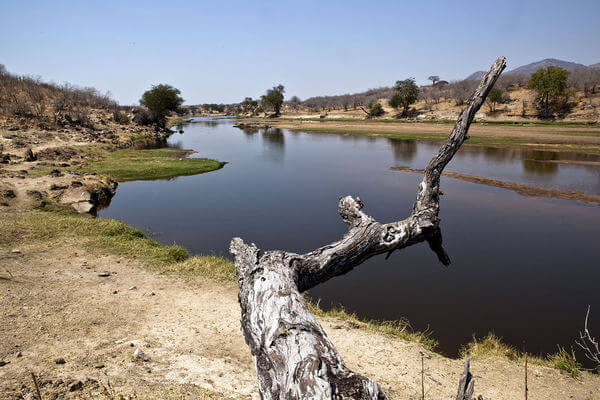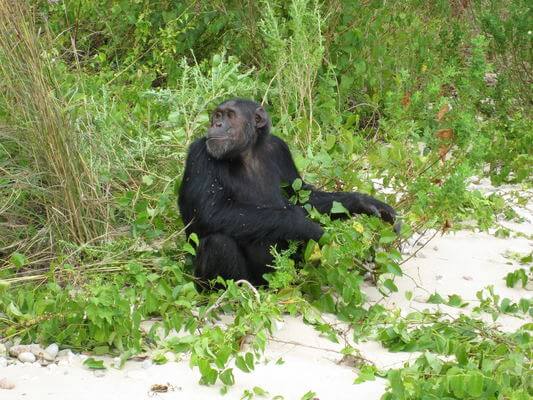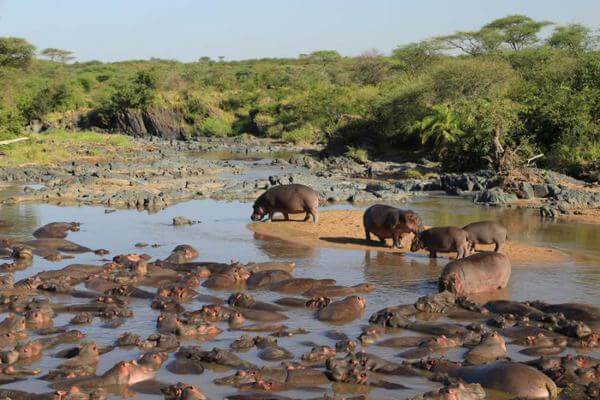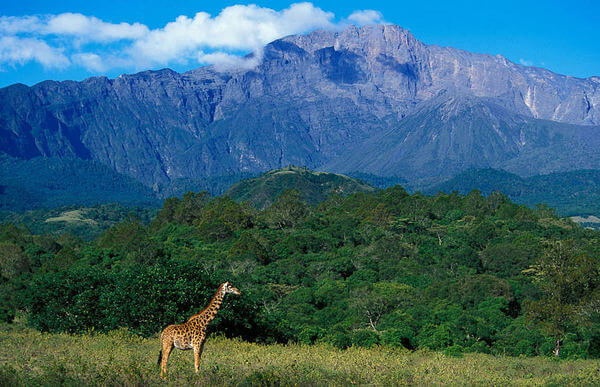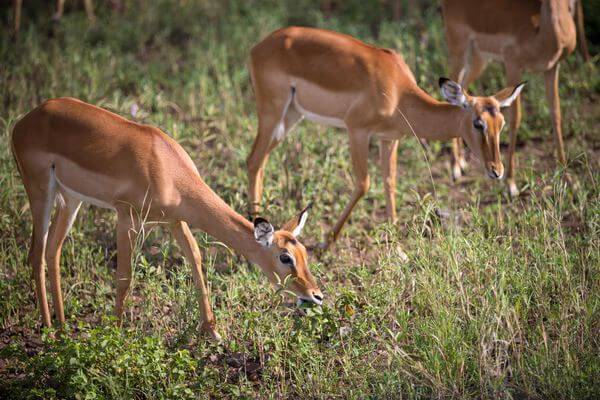Serengeti National Park is probably the most famous as well as the most photographed park in Tanzania. Aside from being the main venue for The Great Migration, the Serengeti area is also known as the prime cheetah country. Its sprawling plains are home to the highest concentration of large mammals in the world including the big 5. Its prolific birdlife will also amaze any twitcher or even a regular traveler.

